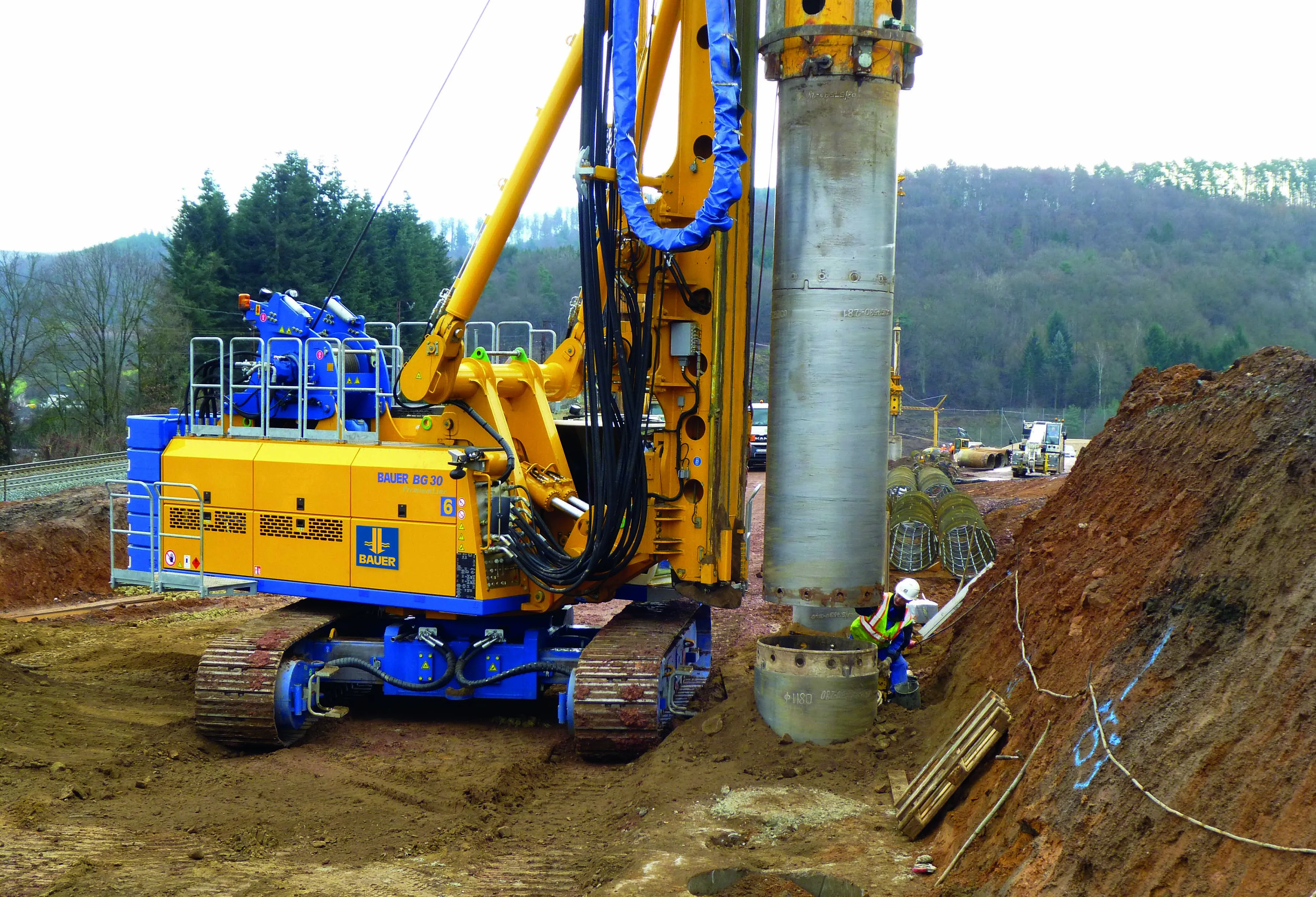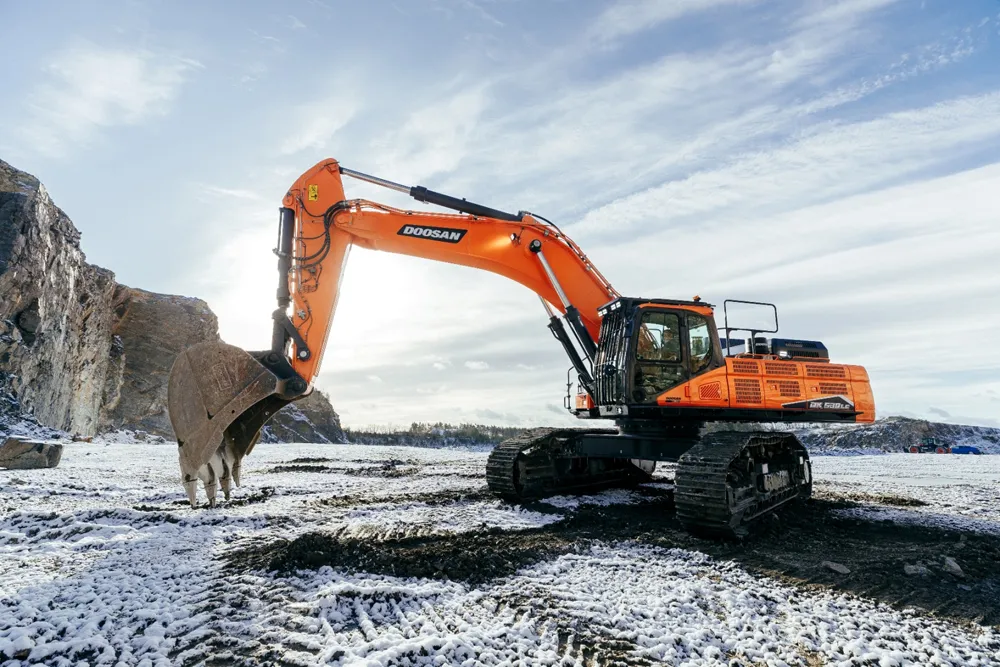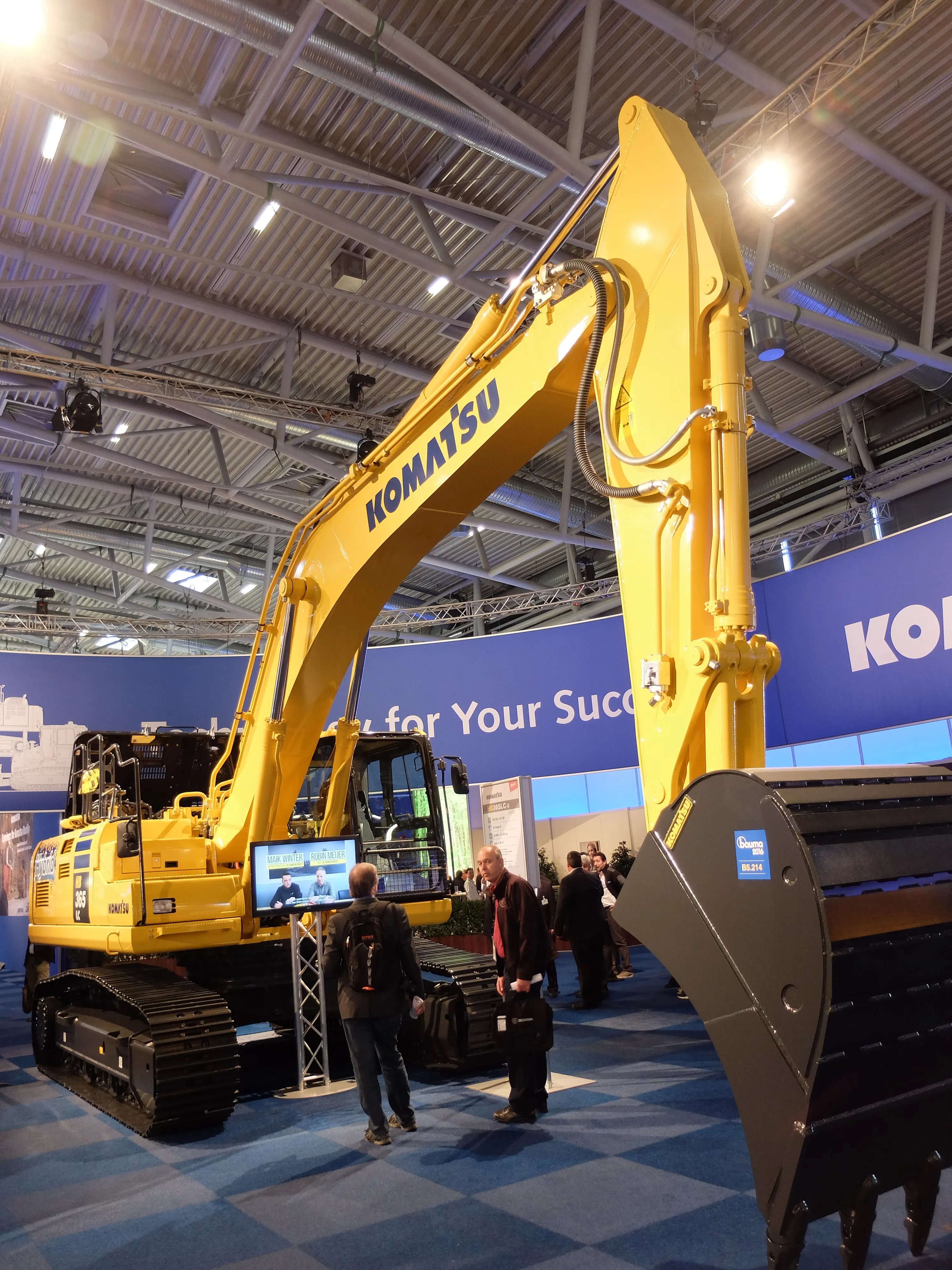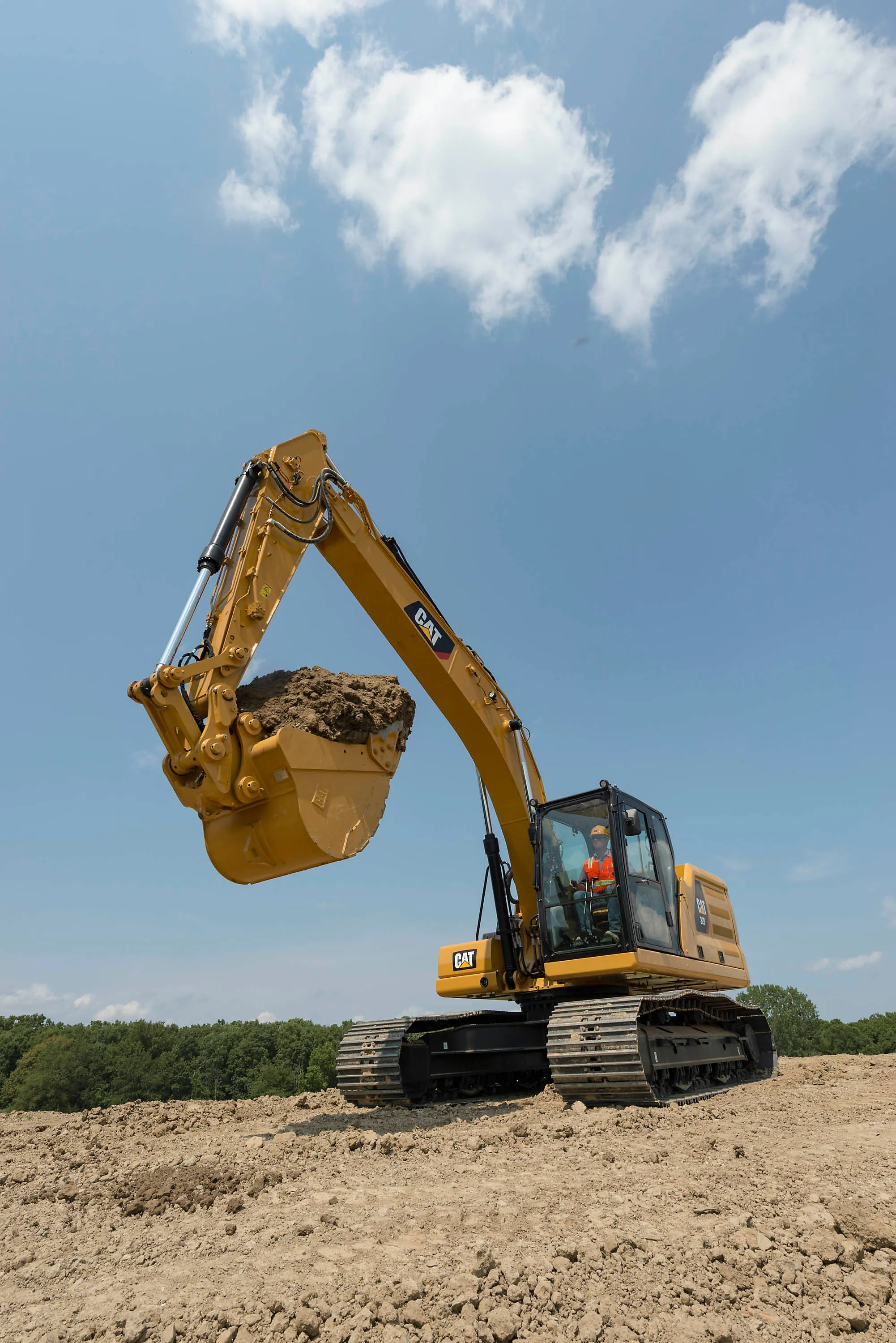Observing its customers' work and construction sites, Mecalac says it has been able to identify an area for improvement for wheeled excavators: their stability.
“The very architecture of this type of vehicle, connected to an oscillating axle under the undercarriage and an upper carriage, gives it an intrinsically higher centre of gravity. This results in a lack of stability which leads to discomfort and insecurity,” says Mecalac.
“On top of this, the inconvenient height of the cab means that the opera
March 4, 2016
Read time: 2 mins
Observing its customers' work and construction sites, 2441 Mecalac says it has been able to identify an area for improvement for wheeled excavators: their stability.
“The very architecture of this type of vehicle, connected to an oscillating axle under the undercarriage and an upper carriage, gives it an intrinsically higher centre of gravity. This results in a lack of stability which leads to discomfort and insecurity,” says Mecalac.
“On top of this, the inconvenient height of the cab means that the operator is forced to adopt unnatural, sometimes even hazardous, positions. In addition, the position of the diesel tank in the upper part is not ideal for using a filling system.”
The company says it is these three key issues of stability, accessibility and filling that it is tackling with its new wheeled excavator concept, the MWR range.
“Lowering the centre of gravity has proved to be the key. Rather than add new solutions to its existing wheeled excavator ranges, Mecalac's designers decided to create a new concept: a combination of the rotation of a wheeled excavator and the stability of a telescopic handling vehicle,” says the company.
All the components in the upper carriage have been lowered as much as possible, and the shapes of the upper carriage and undercarriage have been completely redesigned around the oscillation of the wheels.
The diesel tank, traditionally positioned on the upper carriage, has been integrated into the lower undercarriage, between the wheels.
“At shoulder-height, using the filling system is simple, quick and safe. The height drivers must climb to access the driver's compartment in the MWR machines has been reduced.”
All videos
“The very architecture of this type of vehicle, connected to an oscillating axle under the undercarriage and an upper carriage, gives it an intrinsically higher centre of gravity. This results in a lack of stability which leads to discomfort and insecurity,” says Mecalac.
“On top of this, the inconvenient height of the cab means that the operator is forced to adopt unnatural, sometimes even hazardous, positions. In addition, the position of the diesel tank in the upper part is not ideal for using a filling system.”
The company says it is these three key issues of stability, accessibility and filling that it is tackling with its new wheeled excavator concept, the MWR range.
“Lowering the centre of gravity has proved to be the key. Rather than add new solutions to its existing wheeled excavator ranges, Mecalac's designers decided to create a new concept: a combination of the rotation of a wheeled excavator and the stability of a telescopic handling vehicle,” says the company.
All the components in the upper carriage have been lowered as much as possible, and the shapes of the upper carriage and undercarriage have been completely redesigned around the oscillation of the wheels.
The diesel tank, traditionally positioned on the upper carriage, has been integrated into the lower undercarriage, between the wheels.
“At shoulder-height, using the filling system is simple, quick and safe. The height drivers must climb to access the driver's compartment in the MWR machines has been reduced.”
All videos









